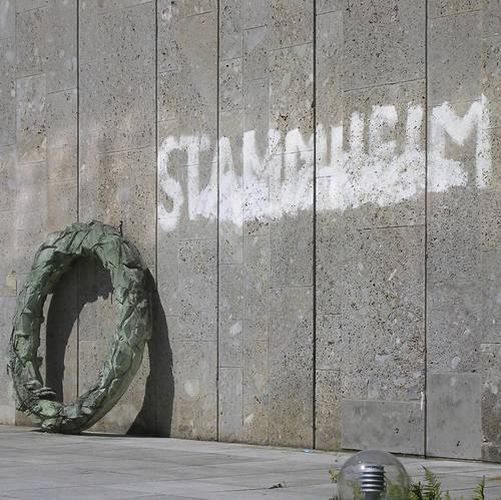Readings Newsletter
Become a Readings Member to make your shopping experience even easier.
Sign in or sign up for free!
You’re not far away from qualifying for FREE standard shipping within Australia
You’ve qualified for FREE standard shipping within Australia
The cart is loading…






The topic of this book is memory. What do we remember? We like to recall joyful events and wish we could relive them again and again. On the other hand wars, genocides, flight, destruction and epidemics are events remembered with horror, and sometimes their memory is even repressed. Eventually times change, and we begin to forget everything that happened. Our vision of the world is in danger of vanishing. Monuments counteract forgetting.
Up to the beginning of the 20th century these were marble busts, figures of horsemen, bronze sculptures, columns, gateways and tombs that were erected in public urban spaces and in parks. This was a way to honour heroes and their military, political and cultural feats and to keep their memory alive.
Today, in our democratic, pluralistic society, when modern means of communication accelerate all developments, the definition of the monument as a solemn, massive sign of remembrance that brings to mind historic moments has become obsolete.
Daily the mass media inundate us with a plethora of images of the past and the present. There is an almost infinite number of collective experiences and just as many signs of remembrance. This being so, is there anything that can still be called a monument?
This, and similar questions regarding monuments preoccupy the author in this book who presents his profound insights into all aspects of the history of architecture and art, of philosophy and the new media.
$9.00 standard shipping within Australia
FREE standard shipping within Australia for orders over $100.00
Express & International shipping calculated at checkout
The topic of this book is memory. What do we remember? We like to recall joyful events and wish we could relive them again and again. On the other hand wars, genocides, flight, destruction and epidemics are events remembered with horror, and sometimes their memory is even repressed. Eventually times change, and we begin to forget everything that happened. Our vision of the world is in danger of vanishing. Monuments counteract forgetting.
Up to the beginning of the 20th century these were marble busts, figures of horsemen, bronze sculptures, columns, gateways and tombs that were erected in public urban spaces and in parks. This was a way to honour heroes and their military, political and cultural feats and to keep their memory alive.
Today, in our democratic, pluralistic society, when modern means of communication accelerate all developments, the definition of the monument as a solemn, massive sign of remembrance that brings to mind historic moments has become obsolete.
Daily the mass media inundate us with a plethora of images of the past and the present. There is an almost infinite number of collective experiences and just as many signs of remembrance. This being so, is there anything that can still be called a monument?
This, and similar questions regarding monuments preoccupy the author in this book who presents his profound insights into all aspects of the history of architecture and art, of philosophy and the new media.